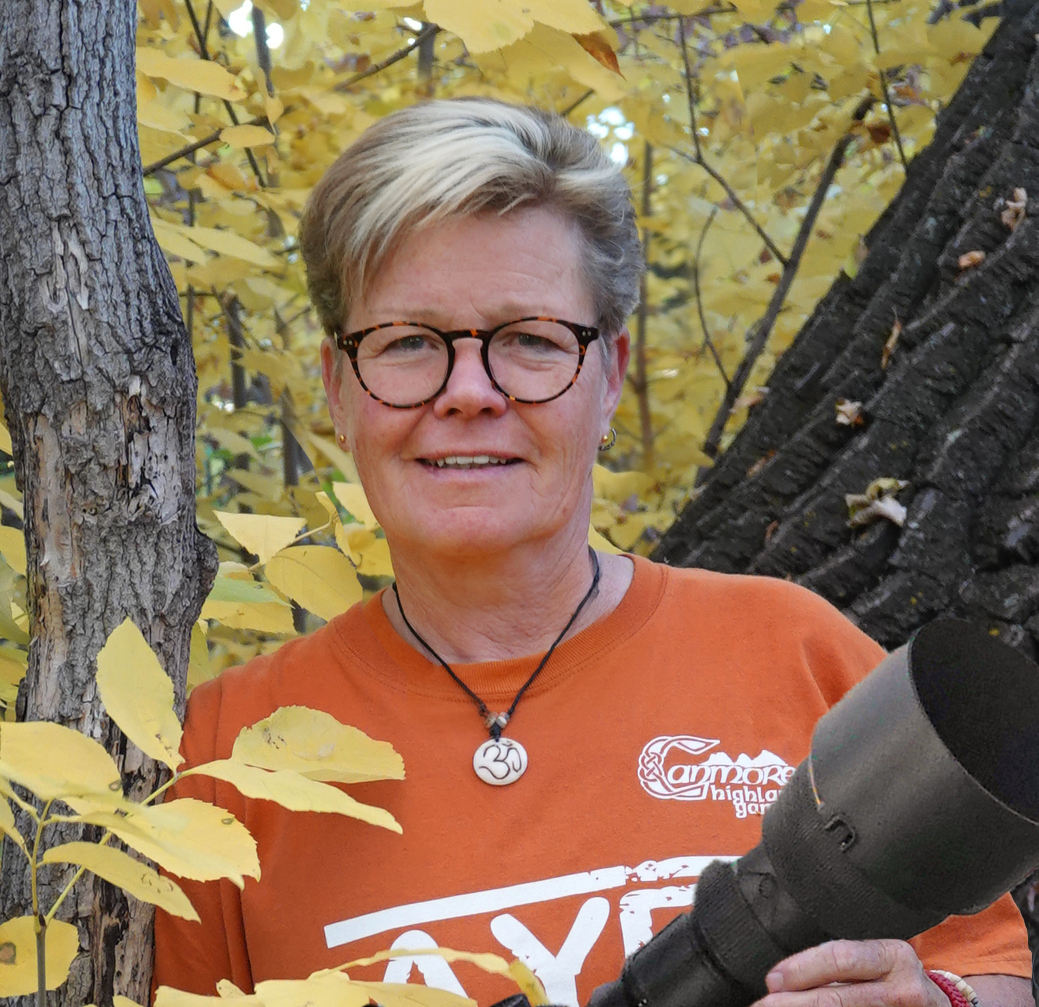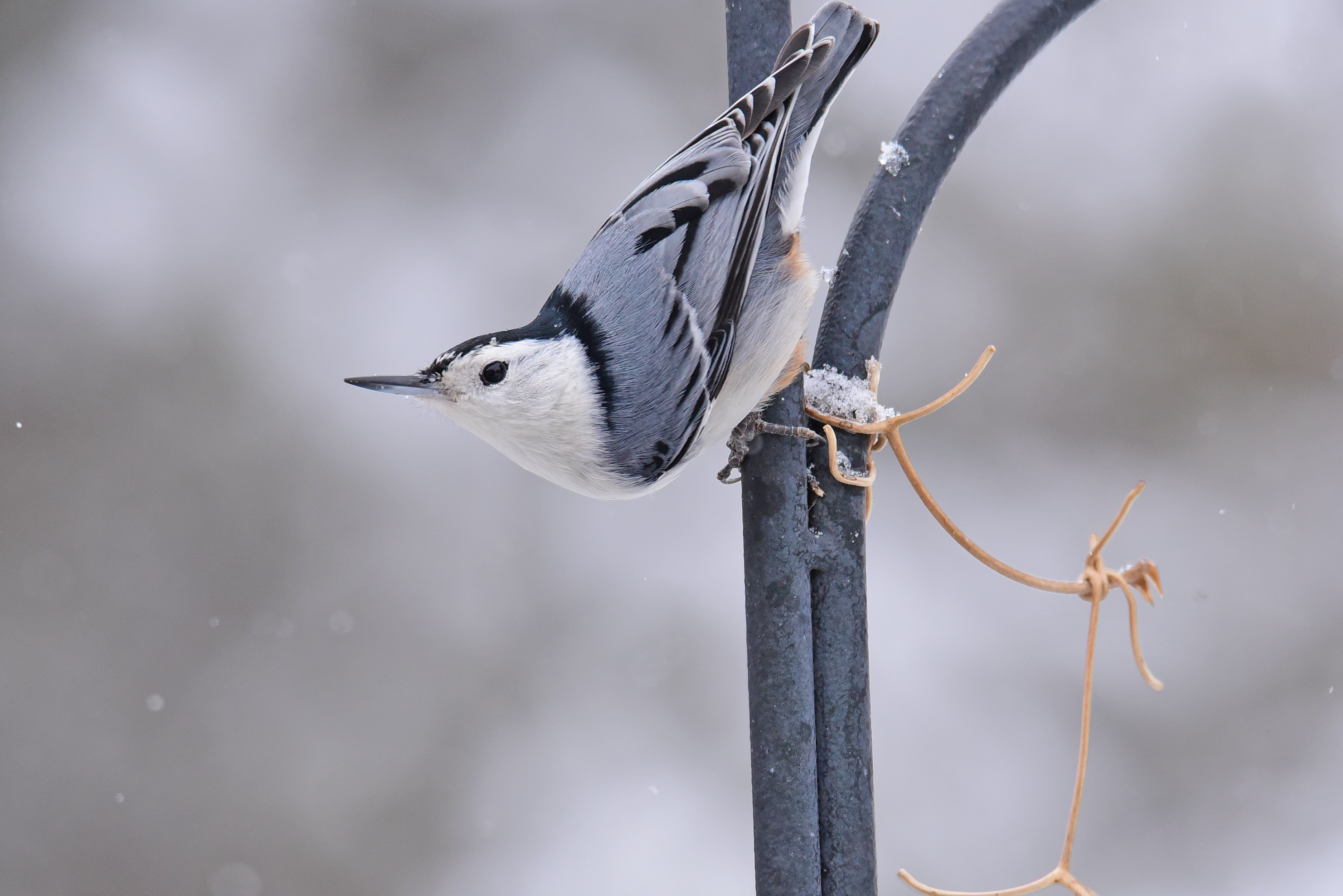(800) 563-7333
January 29, 2024 | Myrna Pearman, Chin Ridge Seeds (en-CA)

Project FeederWatch is a North American citizen science initiative that started at the Long Point Bird Observatory in Ontario, in 1976, with the Ontario Bird Feeder Survey. Cornell Lab or Ornithology came on board in 1987 in order to expand the program across the entire continent. Named Project Feeder Watch, the program is now a joint venture between Cornell and Birds Canada, and boasts over 20,000 participants who systematically survey about 100 species of winter feeder birds. This initiative has been a heartening example of how the popular and wide-spread hobby of bird feeding has be used to scientifically monitor the distribution, abundance and population trends of winter bird populations.
Project FeederWatch runs between November and April of each year and entails surveying birds at feeders or in any other areas that attracts birds thru the provision of plantings or water. With a flexible schedule and the ease of online data entering, the project efficiently enables the public to make important contributions to the Project FeederWatch continent-wide data set.
While Project FeederWatch receives an annual donation by Wild Birds Unlimited, it is almost entirely supported by participants. Canadians can join the program by donating any amount to Birds Canada. In return, participants receive tools to track and learn about local birds, and receive an annual year-end summary. People from all skill levels—from families and school classes to expert birders—are welcome to participate.
The scientists with Project FeederWatch analyze the massive amount of data submitted through the online portal to determine which bird species visit feeders and how many individuals of each species are seen. From these data, they can measure weekly as well as long-term changes in abundance of each species. The data reveals the timing and extent of winter irruptions, winter range contractions and expansions, the kinds of food and other factors that attract winter birds, and how diseases spread among feeder birds. Most importantly, the data can detect and evaluate long-term population trends.
The Project FeederWatch website is filled with interesting information about the identification and biology of winter birds, types of food to offer, feeder style analyses, and how to deal with challenges.
An annual summary is provided about bird abundance in each province and state. I like to check out the list each year to see what the Top 25 feeder species are. The 2022-2023 list for Saskatchewan is shown below. Only 82 SK participants submitted data last year. Hopefully more bird lovers will become involved this year!
Project FeederWatch website: https://feederwatch.org/
Birds Canada https://www.birdscanada.org/
1 Black-capped Chickadee
2 House Sparrow
3 Downy Woodpecker
4 Red-breasted Nuthatch
5 Black-billed Magpie
6 Dark-eyed Junco
7 Hairy Woodpecker
8 Blue Jay
9 White-breasted Nuthatch
10 House Finch
11 American Robin
12 American Crow
13 Northern Flicker
14 Purple Finch
15 Pine Grosbeak
16 Evening Grosbeak
17 American Goldfinch
18 Common Raven
19 Bohemian Waxwing
20 American Tree Sparrow
21 Canada Jay
22 Boreal Chickadee
23 Gray Partridge
24 White-throated Sparrow
25 Merlin
